
Air Quality
Collapsible content
Smoke Emissions From Residential Buildings
There have been a number of high profile headlines in the national press recently regarding the smoke emissions from wood burning in residential areas, particularly in and around London, and that one solution under consideration was the banning of wood burning stoves.
Although claims that stoves could be banned were certainly wide of the mark; being subsequently refuted by the Mayor of London’s office, Government and Industry have been working to tackle this problem:
- The Government backed Ready to Burn scheme was launched in 2017. Firewood or manufactured Heat Logs that has been certified with a moisture content of less than 20 percent can carry the Ready to Burn logo. This scheme is designed to raise awareness of the issues and is a clear visual indicator to consumers that the product they are purchasing is certified as being low in moisture and, therefore, low in smoke.
- Authorised smokeless fuels are actively being promoted as environmentally friendlier alternatives to house coal, with much lower smoke emissions.
|
Fuel |
|
Smoke (PM2.5) emissions |
|
Wet Wood (over 25% moisture content) |
|
25 grammes per hour |
|
Dry Wood (less than 20% moisture) |
|
5 grammes per hour |
|
House Coal |
|
25 grammes per hour |
|
Authorised Smokeless Fuel |
|
5 grammes per hour |
The above smoke emissions data is based on independent fuel testing data.
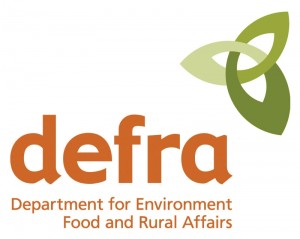
Why is the Government focused on wood and solid fuel burning in the home?
Currently approximately 2.5 million tonnes of firewood and 0.75 million tonnes of solid fuel is burnt in UK homes each year. At present only 10 percent of the firewood burnt is kiln dried wood of less than 20 percent moisture. Although a substantial amount of wood is seasoned, a lot of wood is over 20 percent moisture and contributes significantly to PM2.5 pollution. Looking at solid fuels, circa 300,000 to 350,000 tonnes of house coal is burnt per year, which generates five times the PM2.5 pollution of authorised smokeless fuels.
Should all the burning of house coal and wet wood in the home be converted to either dry firewood or authorised smokeless coal, then particulate emissions from the home could be reduced by between 70 and 80 percent, reducing total UK PM2.5 pollution by up to 29 percent.
Kiln Dried or Seasoned Wood?
When first felled , wood contains up to 60 percent moisture and is unsuitable for burning. The wood is stacked within the forest where the natural seasoning (drying out) process starts and then transported. Despite this initial drying period, the wood still has a moisture content of up to 45 percent when presented for chopping or packing.
Wood can be dried further, by two methods.
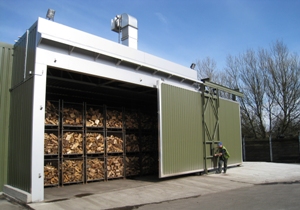
Kiln drying the wood, allows it to be quickly dried to a moisture level of less than 20% under a controlled method that involves placing the wood in a controlled kiln environment for between 3 and 7 days at temperatures up to 100 degrees Celsius. Moisture is measured during and at the end of the process, by the use of moisture meters or through lab testing of samples by completely drying the wood and measuring the moisture / weight loss, to ensure the 20 percent moisture content is achieved.
Seasoning involves stacking the wood and allowing it to dry naturally in barns or shelters. The length of time and the effectiveness of the seasoning will vary and hence the moisture content will vary significantly, unless a similar control system to that used for kiln dried wood is employed.
Testing by independent laboratories has shown that burning wood with less than 20 percent moisture content very significantly reduces smoke particle emissions. Kiln Dried wood that has achieved Ready to Burn approval is the best assurance that the 20 percent moisture content has been achieved, resulting in a product that is not only superior in terms of heat output, but has smoke emissions of five times less than freshly felled wood.
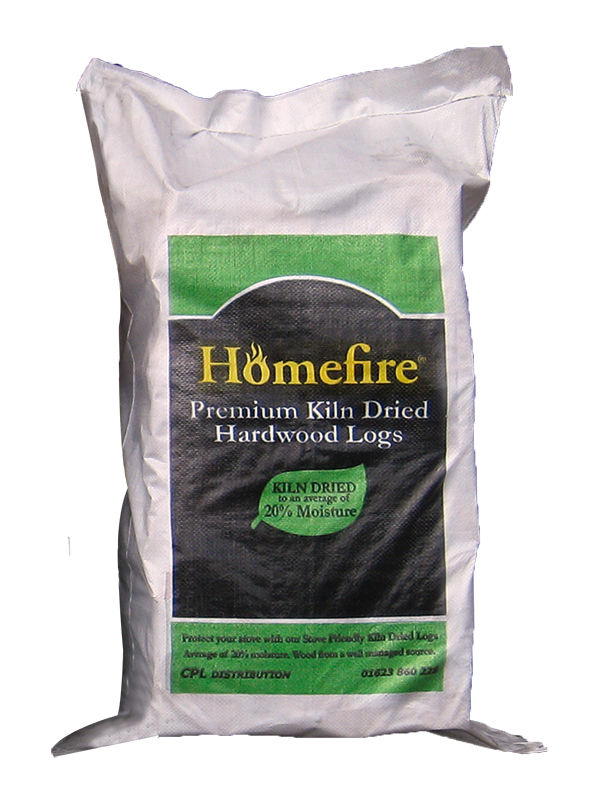
Does it cost more to enjoy a fire with the right fuels?
No. Both in the case of authorised smokeless solid fuels and Ready to Burn kiln dried wood, these low emissions fuels offer better value to consumers than house coal or wet wood.
In the case of smokeless solid fuels, they have lower volatile gas content and so while burning with less of a flame than coal they burn up to 30 percent more efficiently. (Result supported by independent testing over many years). In practical terms, the smokeless solid fuel releases 30 percent more heat into the room per kilogram burnt than house coal, so whilst the bag price might be circa 20 percent higher in cost, the actual heating cost is 10 to 14 percent lower. This is supported by SEAI findings in Ireland and independent testing in the UK.
Please see the table below:
|
|
House Coal |
|
Smokeless Fuel |
|
Price per 10kg |
£2.99 |
|
£3.99 |
|
Price per tonne |
£299 |
|
£399 |
|
Energy Content (Kwh per tonne) |
7900 |
|
8850 |
|
Burning Efficiency (energy in fuel compared to heat in room) |
28% |
|
37% |
|
Effective Kwh in room per tonne |
2212 |
|
3274 |
|
Cost per Kwh in Room |
£0.135 |
|
£0.12 |
Consumers see a similar picture when burning Ready to Burn firewood compared to unseasoned wood.
The following table compares kiln dried and unseasoned wood:
|
|
Radiant Heat* |
Price per m3 |
Price per kg |
Price per Radiant Heat |
|
Unseasoned Wood |
0.38 |
£75 |
£0.15 |
£0.39 |
|
Kiln Dried wood (Less than 20% moisture) |
0.62 |
£120 |
£0.24 |
£0.39 |
|
*Radiant Heat represents heat released into the room i.e. useable heat |
||||
Conclusion
There is no doubt that having a fire on a winter’s evening is a pleasure for many people. Doing so can still be environmentally responsible, providing the right fuels such as authorised smokeless fuels or Ready to Burn Firewood are used, helping to reduce smoke and particulates by up to five times compared to wet unseasoned wood and house coal.
The Ready to Burn scheme, recently launched by DEFRA provides consumers with an easy way to identify firewood products, including manufactured heat logs, that have a moisture content of less than 20 percent and are, therefore, are better for the environment; burning with reduced particulates.
Smokeless solid fuels provide another solution, having been developed to address the same issue of air quality back in the 1950’s.
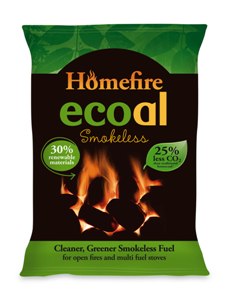
Homefire has been a leader in the area of smokeless solid fuels for many years. As well as providing smokeless fuels from coal-based sources, Homefire has lead the market with the development of Ecoal Smokeless Fuel – a blended biomass/fossil fuel that not only meets regulated low smoke limits, but also has Carbon Dioxide emissions up to 40 percent lower than house coal when burnt.
In 2017 Homefire continues to focus on new, environmentally friendlier fuels, with the launch of Homefire Supercharged Heat Logs to market. This is a fully renewable, low smoke, wood-based product, manufactured using a new process called Torrefaction to provide a fuel with 30 percent more energy than kiln dried wood and with a longer lasting fire.
The Clean Air Act And Smokeless Zones Explained
In the past, many towns and cities of the UK suffered with terrible smog, caused by the widespread use of coal fires in homes. The Clean Air Act, introduced in 1956 was one of several government measures introduced to help reduce smoke pollution and improve the quality of the air that we breathe.
Smokeless Zones
Smokeless zones were introduced as a direct result of the Clean Air Act. Many parts of the UK are now designated smoke control areas (also known as smokeless zones). In a smokeless zone you can only burn approved smokeless fuels such as Homefire, Ecoal50 or Phurnacite.
Firewood is not an authorised fuel and cannot be used in smokeless zones, unless burnt on a DEFRA exempt appliance (see below).
To find out if your property is within a smokeless zone, you will need to speak to your local council, who set the zones and are responsible for enforcement.
Exempt Appliances
Firewood can be burnt in a smokeless zone, but only on a specially designed exempt appliance. However this does not mean you can simply burn anything on an exempt appliance and you should always refer to the appliance manufacturer’s guidelines as to which fuels can be used.
The Situation Today
With the introduction of the measures above, coupled with the widespread consumer switch from coal to gas fired heating, air quality had improved dramatically since the 1950's. However, that trend has seen a reverse in recent years. Air quality; particularly in urban areas, has been getting worse. This has been caused by the increased number of diesel cars and lorries on our roads, but also the rise in the popularity of wood burning stoves.
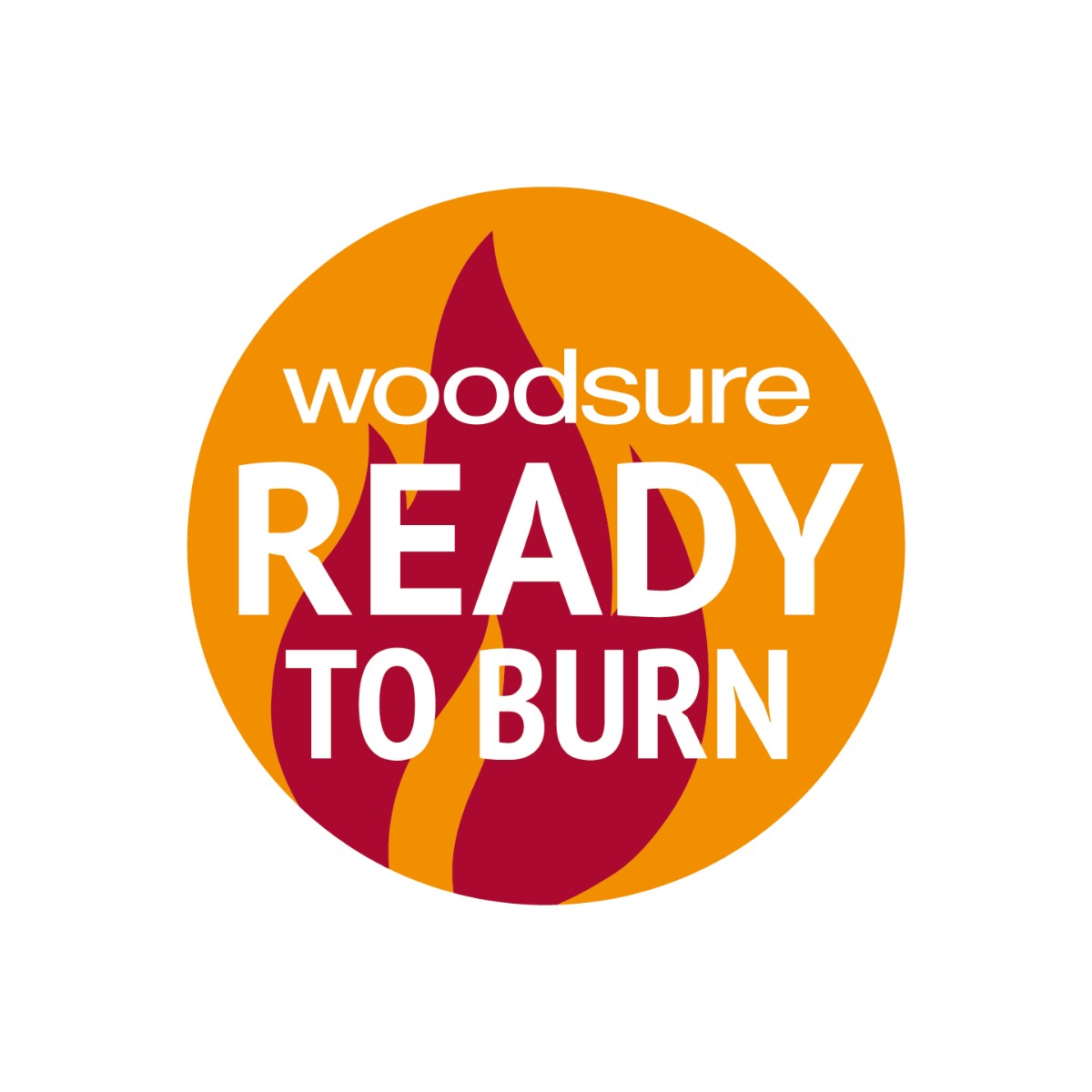
Ready to Burn
Ready to Burn is a scheme backed by Government, fuel suppliers and retailers to encourage home owners to only burn kiln dried firewood. Kiln dried firewood produces significantly less smoke than wet wood when burnt, so a shift towards burning kiln dried will have a positive affect on air quality. The scheme was launched in October 2017.
Government Calls For Cleaner, More Efficient Fuels In Air Quality Report
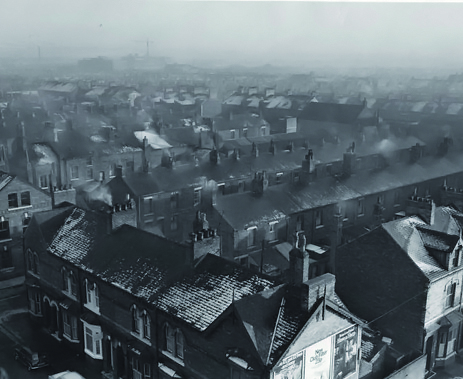
Back in the 1950’s, the burning of coal was blamed for the Great Smog of 1952, which resulted in the deaths of around 4,000 Londoners and the introduction of smokeless zones in many urban areas across the UK, where the burning of coal is banned.
We know these days that several factors contribute to dirty air across the UK, including high levels of particulates from diesel car engines and the increasing popularity of burning firewood on wood-burning stoves.
Recently the Government also issued an updated air quality report acknowledging the need to work with solid fuel retailers to make a shift towards using more efficient, cleaner fuels and stoves.
So, as your solid fuel provider, we’re writing to let you know that you’re doing exactly the right thing if you are already using Homefire’s range of high-performing smokeless fuels on your fires and multi-fuel stoves.
These fuels were developed specifically to reduce smoke. Compared to house coal they emit up to 80% less smoke and are therefore authorised for use in smokeless zones.
Equally, we appreciate that many of our long-standing customers have been happy buying traditional house coal or anthracite from Coals2U for many years, but now we’d like to introduce you to Homefire’s range of high performing smokeless fuels.
The benefits of Homefire’s smokeless fuels are numerous: Consistently higher heat than ordinary house coal, more economical, better for your health and better for your appliance.
Smokeless fuels also produce far fewer harmful particulates and were developed to combat this exact problem of air pollution whilst still allowing people living in smokeless zones fuels that they could use on their fireplace.
With a wealth of industry knowledge and a team of expert staff, we also feel it is important to share information and provide guidance wherever we can on using the right fuel in the right appliance.

